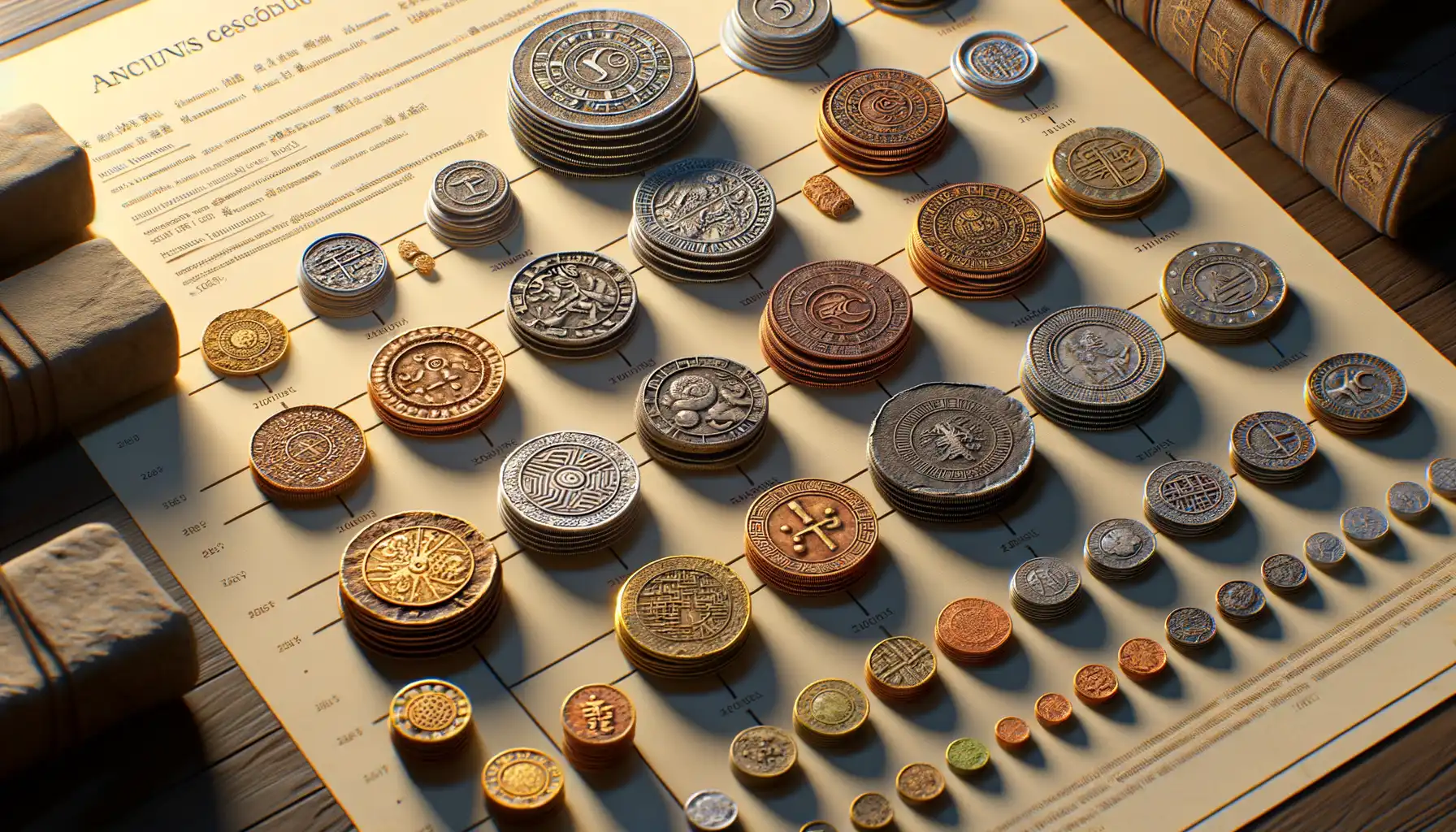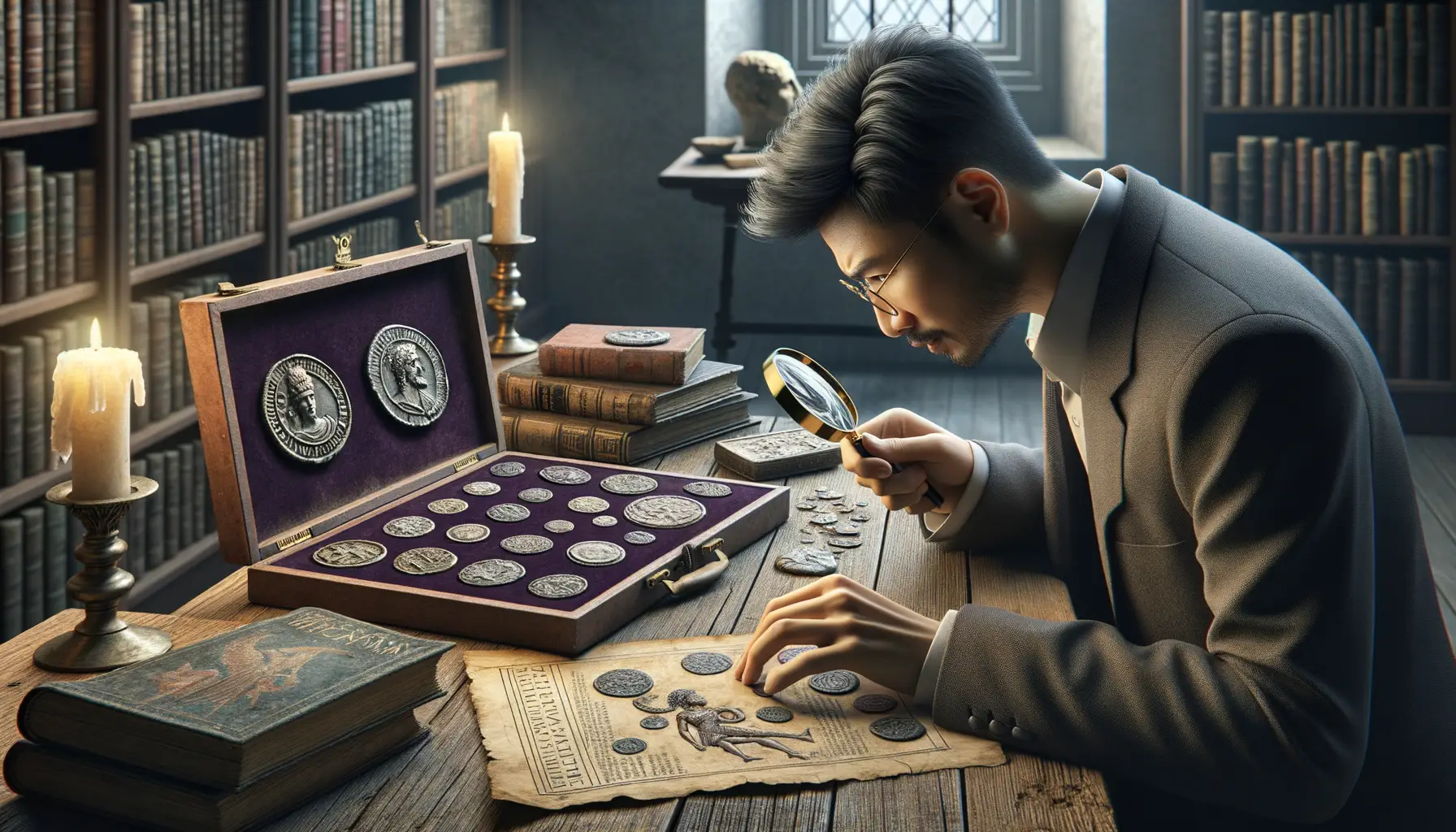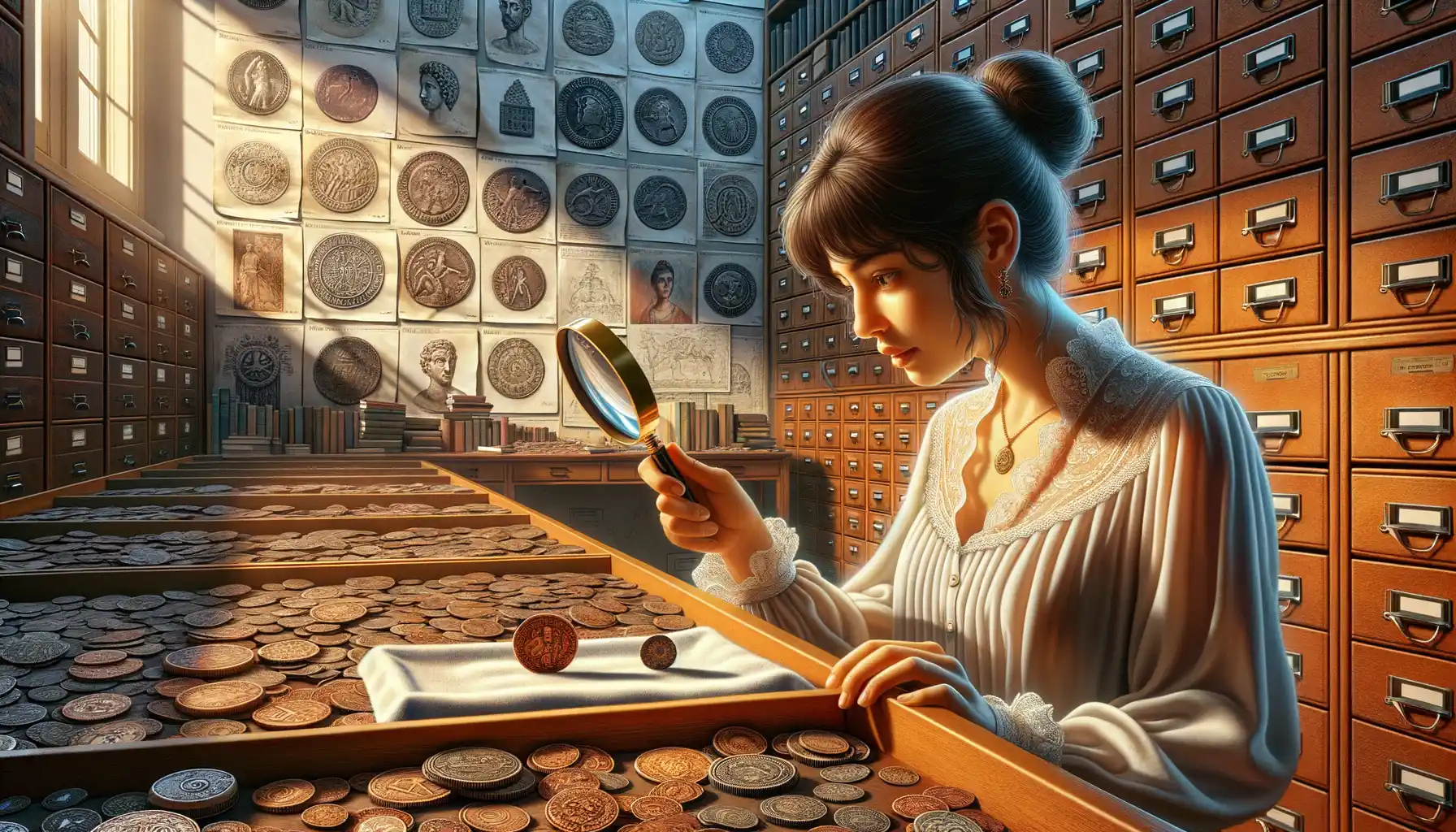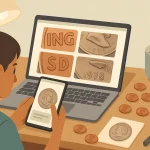Introduction to Ancient Coins and Their Appeal
Imagine holding a piece of history in your hands—an object that once jingled in the purse of a Roman merchant or slipped through the fingers of an ancient Greek philosopher. That’s the magic of ancient coins: they’re more than just monetary relics; they’re tangible connections to civilizations long past.
The Timeless Beauty of Ancient Coins
One of the most captivating aspects of ancient coins is their artistry. Unlike today’s standardized designs, these coins often feature intricate engravings of gods, rulers, and animals. A silver tetradrachm, for example, might display the striking face of Alexander the Great, while a bronze sestertius from Rome offers detailed imagery of temples and legends. Every coin tells its own story through the subtle curves of its design and the wear of its surface.
- Symbolism: Coins often reflected the values and beliefs of their issuing cultures—think eagles, laurel wreaths, and mythological scenes.
- Individuality: Since each coin was hand-struck, no two are exactly alike.
Beyond their beauty, there’s an undeniable thrill in imagining the lives of the people who once handled them. Who held this coin? What stories could it whisper if it could talk?
Historical Significance and Cultural Insights

The Stories These Coins Tell
Holding an ancient coin is like cradling a whisper from the past. With every detail etched into its surface, these coins carry the essence of their era—warriors, emperors, myths, and ordinary lives converge in their tiny worlds. Imagine a silver denarius of Julius Caesar, minted just before his assassination, passed through countless hands in bustling Roman markets. Each scratch, each worn corner, speaks of those who once relied on it.
Coins were more than currency—they were propaganda tools, ceremonial gifts, or even symbols of divine favor. The faces carved into them weren’t just leaders; they were larger-than-life figures claiming gods as ancestors! Take the coins of Alexander the Great, which depict Hercules—a bold statement aligning him with the legendary hero. And it’s not just about leaders. Reliefs of agricultural tools or celestial imagery on ancient Greek and Roman coins taught everyday citizens what mattered most to their societies.
- Athens’ owls: Not just coins but badges of wisdom and prosperity.
- Chinese spade coins: A window into trade-driven innovation during the Zhou Dynasty.
These coins don’t just hold value—they’re artifacts of culture, ambition, and identity.
Types and Classifications of Ancient Coins

Unveiling the Diversity of Ancient Coins
Imagine holding a piece of history in your palm, a coin that once jingled in the pockets of Roman senators or paid for silks on the bustling Silk Road. Ancient coins are as diverse as the civilizations that created them, reflecting power, trade, and artistry.
There’s a wide array of ancient coins to explore, each whispering its unique story:
- Greek Coins: Renowned for their exquisite designs, these often feature gods, goddesses, and mythical creatures like Pegasus. Every line and curve feels alive, as though sculpted yesterday.
- Roman Denarii: These silver beauties were the backbone of the Roman Empire’s economy, depicting emperors with expressions ranging from noble to downright intimidating.
- Byzantine Coins: Glinting with gold, Byzantine issues gleam with Christian iconography, showcasing saints and crosses in intricate detail.
Classifying Coins: A Collector’s Perspective
Classifying ancient coins can feel like embarking on an archaeological dig—thrilling and a little addictive. Coins are typically sorted by civilization, era, or material, but collectors also cherish coins based on the quirkiest details. Ever seen a coin with a deliberate minting error? Those flawed masterpieces are treasures!
Beyond historical context, the condition of the coin matters. Is it worn smooth like an old sea stone, or does it shout its heritage proudly with crisp engravings? For some, even seemingly minor details—a slight off-center strike or a peculiar edge—can tell tales of ancient mints and craftsmanship quirks. You’re not just collecting metal; you’re capturing stories.
Collecting and Evaluating Ancient Coins

Unveiling the Story Behind Each Coin
To collect ancient coins is to hold a piece of history in your hands—quite literally. Each coin carries with it an untold tale: of empires rising, rulers asserting their power, or trade routes bustling with life. Imagine discovering a bronze coin minted during the reign of Emperor Augustus; it’s not just metal—it’s a bridge to a world long gone.
Evaluating these treasures is where the magic deepens. A collector’s eye must focus on factors like patina, the natural finish that time bestows upon the surface, or the sharpness of its imagery—be it an emperor’s imposing profile or a goddess encircled by intricate symbols.
Here are quick checkpoints for evaluation:
- Condition: Look for wear, scratches, or corrosion.
- Rarity: Coins from smaller mints or short reigns often fetch higher esteem.
- Provenance: Know the coin’s backstory—authenticity is king.
The Joy (and Challenge!) of Building a Collection
Not every coin will shout its value—some whisper it. That dusty piece found at a flea market might turn out to be a 2,000-year-old Roman denarius. But here’s the catch: ancient coins have a way of tricking the unsuspecting enthusiast. Counterfeits lurk, modern imitations dressed as relics. This is why working with reputable dealers or seasoned numismatists can save both your wallet and your collection’s integrity.
But oh, the thrill of discovery! From Greek tetradrachms featuring Athena to Byzantine coins bearing Christ’s image, each addition feels like uncovering a hidden gem in history’s treasure chest.
Caring for and Preserving Ancient Coins

From Fragile Relics to Timeless Keepsakes
Caring for ancient coins isn’t just about preservation—it’s a love letter to history. Imagine these pieces as tiny time travelers, holding whispers of ancient marketplaces and empires long gone. Neglect their care, and you risk silencing those whispers forever.
Regular cleaning might sound harmless, but with ancient coins, it can be their undoing. These relics wear their patinas like badges of honor—a layer of oxidized metal that tells a story all its own. Over-cleaning can strip that history away in an instant. Instead, gently remove loose dirt using a soft-bristle brush or even your fingers, leaving the coin’s integrity intact.
- Store coins individually in acid-free holders or capsules to avoid scratches or corrosive reactions.
- Keep them in a cool, dry place free from humidity and direct sunlight—like a treasure hidden safely from the elements.
Protecting Value and Memory
For serious collectors, consider investing in a controlled environment like a climate-stable display case. And remember, not every coin needs restoration! Consult a professional before even thinking about “fixing” blemishes. Sometimes, flaws are what make a coin truly priceless.
These coins are more than objects—they are living stories. By preserving them, you’re nurturing echoes from worlds forever gone yet etched in metal for eternity.




